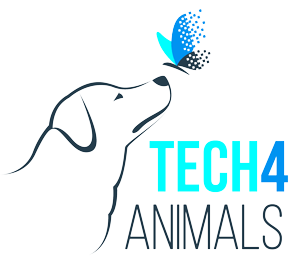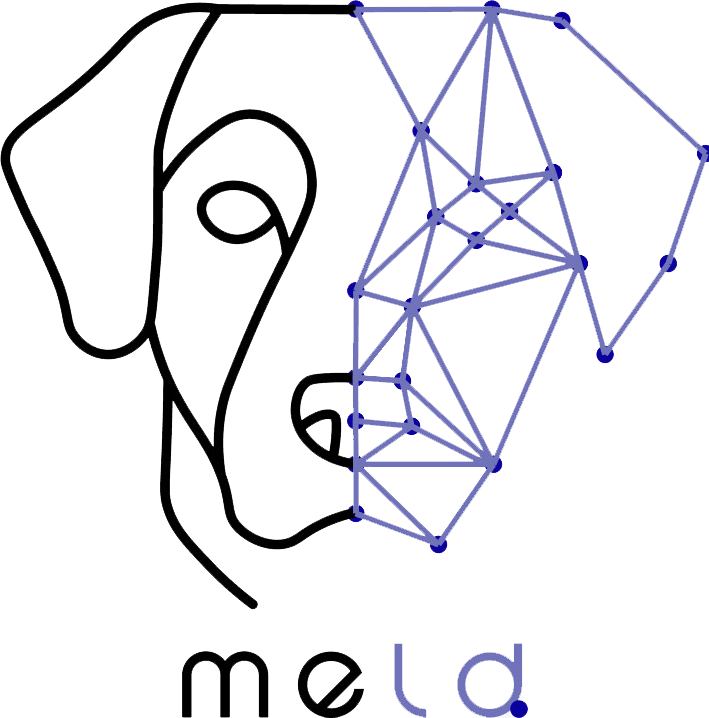This paper explores the intricate social function of domestic cat facial signals, moving beyond traditional studies focused on pain to delve into their role in intraspecific interactions. Researchers utilized computational methods to develop machine learning classifiers capable of distinguishing between affiliative (friendly) and non-affiliative (less friendly) cat interactions. They found that models leveraging manual CatFACS codings were highly accurate, achieving over 77% accuracy when incorporating temporal information about facial movements. While a fully automated landmark-based approach showed lower accuracy (68%), it represents a promising, human-independent avenue for future analysis. A significant discovery was that domestic cats exhibit rapid facial mimicry, where one cat quickly matches another’s facial signal after observing it. This mimicry was notably more common in affiliative contexts, with specific ear movements (like EAD103 and EAD104) being particularly prone to this behavior. The findings suggest that rapid facial mimicry in cats, much like in other mammals, likely facilitates social bonding and helps coordinate behaviors, especially during social play, offering valuable insights for pet owners and rescue organizations seeking to strengthen cat relationships.
Non-Invasive Computer Vision-Based Fruit Fly Larvae Differentiation: Ceratitis capitata and Bactrocera zonata
This paper proposes a novel, non-invasive method using computer vision

